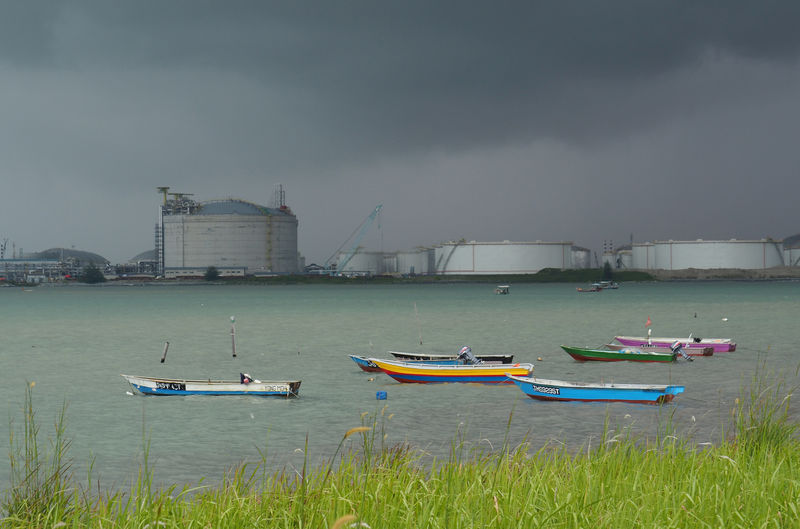(Reuters) - The oil price is set for its longest losing streak since March after the International Energy Agency's downbeat assessment for demand growth next year, drawing attention to a warning light that had been blinking in products markets for weeks.
The IEA on Tuesday cut its forecast for oil demand growth by 100,000 barrels per day (bpd) for both 2017 and 2018, in part because of consumption being reduced by unseasonably warm weather. [IEA/M]
Brent crude futures (LCOc1) fell by more than 1 percent to about $61.50 a barrel on Wednesday, heading for a fourth day of losses and cutting the premium of the front-month futures contract over that for delivery in six months' time
ICE Brent crude futures grow gloomier - http://reut.rs/2A0BBVr
This structure, or backwardation, is now at only 70 cents, having halved in a week.
A joint 1.8 million bpd cut by the world's largest exporters since January has helped to force a three-year old overhang of fuel to drain and pushed crude and products markets into backwardation, which suggests traders and investors believe supply is falling below demand.
But this market structure, the opposite of the bearish contango, is starting to look fragile.
Refining margins for diesel, Europe's most commonly used transportation fuel, haven fallen by $3 a barrel so far in the fourth quarter, on course for their weakest performance in the final three months of the year since 2015.
Diesel margins, or cracks, tend to gain most in the third quarter as refineries gear up to stock enough heating oil and other products ahead of the northern hemisphere winter before easing in the last quarter. But this year is weak even by seasonal standards.
The diesel futures curve <0#LGO:> is now at its steepest contango since the summer, around $1.70 a tonne, compared with backwardation of $7.50 a tonne a month ago.
European gasoline, diesel forward curves - http://reut.rs/2zDQRHd
Much of the 30 percent rise in crude prices in the second half of this year has been predicated on strong refining margins, particularly for gasoline, which has gained about $3 a barrel since Sept. 30, its strongest fourth-quarter performance since 2009.
Gasoline margins typically gain the most in the first quarter of the year, but an anticipation of slower demand has prompted the backwardation at the front of the gasoline swaps curve to evaporate as well, to only $3.70 a tonne from closer to $14 only two weeks ago.
In Brent's defence, aside from the weakness in the products markets, three months of backwardation in physical North Sea crude prices have unleashed stored-up oil.
Inevitably, higher supply weighs more heavily on prices for prompt-loading cargoes, which has also been partly responsible for the physical North Sea market tilting back into contango

With a busy European and Asian refinery maintenance schedule ahead, the crude market was already prepared for a lull in demand. The risk now is that the products markets are pricing in the same scenario.